
Squadron Energy shows community initiative through Best Practice Charter Report
A myriad of significant community programs and local initiatives supported by Squadron Energy have been featured in the latest Best Practice
Our projects
Planning
Local government area
572k
Expected homes powered
472k
Expected tonnes of emissions avoided
684MW
Expected capacity

A myriad of significant community programs and local initiatives supported by Squadron Energy have been featured in the latest Best Practice

This newsletter provides project updates, as well as information in response to key feedback we’ve heard from the community as

We announced Ballyrogan Wind Farm project in late June 2025. As part of our planning process we have worked closely

We are thrilled to announce that Rebecca Gilchrist is the recipient of our first Rural Women’s Day Scholarship supported by Squadron Energy.

Squadron Energy is inviting the community to provide feedback on a proposed wind farm located on Eastern Maar Country, around
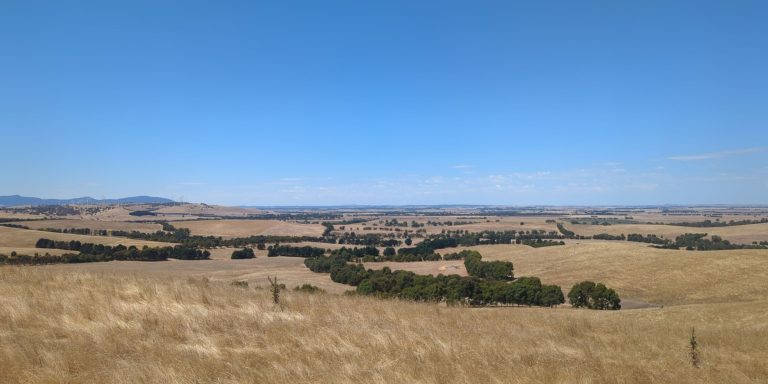
We are pleased to introduce the proposed Ballyrogan Wind Farm, located on Eastern Maar Country, around 10km south of Ararat,
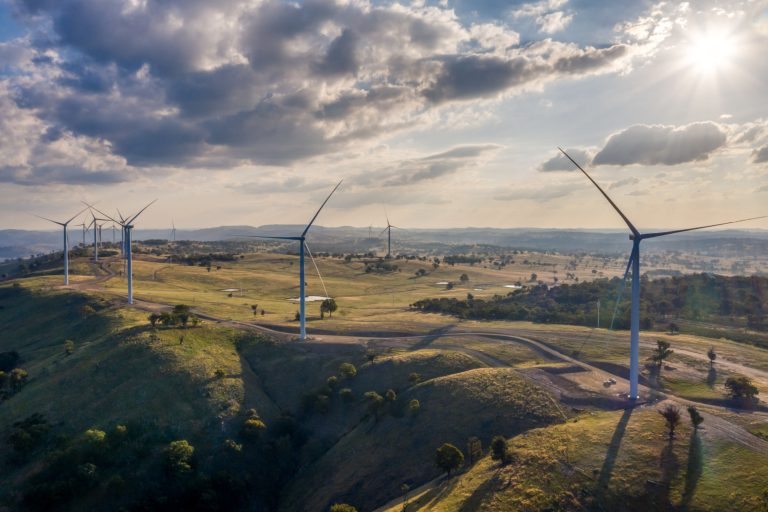
Squadron Energy welcomes progress on the implementation of the Federal Government’s Developer Rating Scheme, which aims to promote best practice engagement among
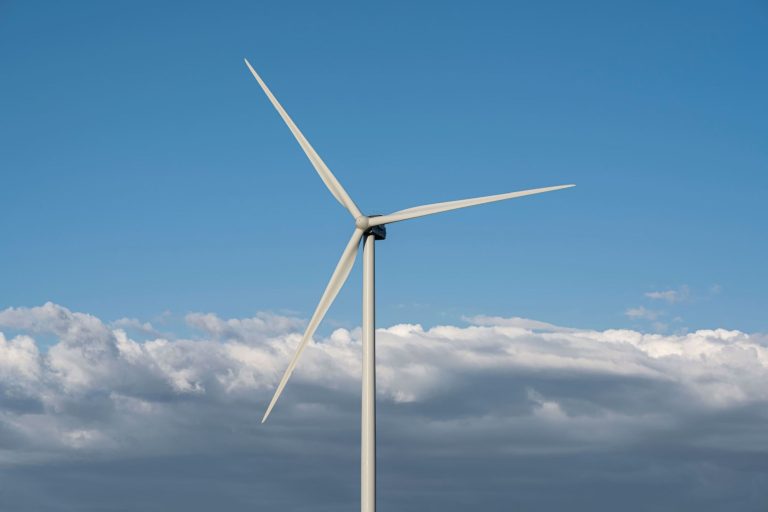
Curious about wind energy and how wind farms work? Here are the answers to some of our most frequently asked questions at
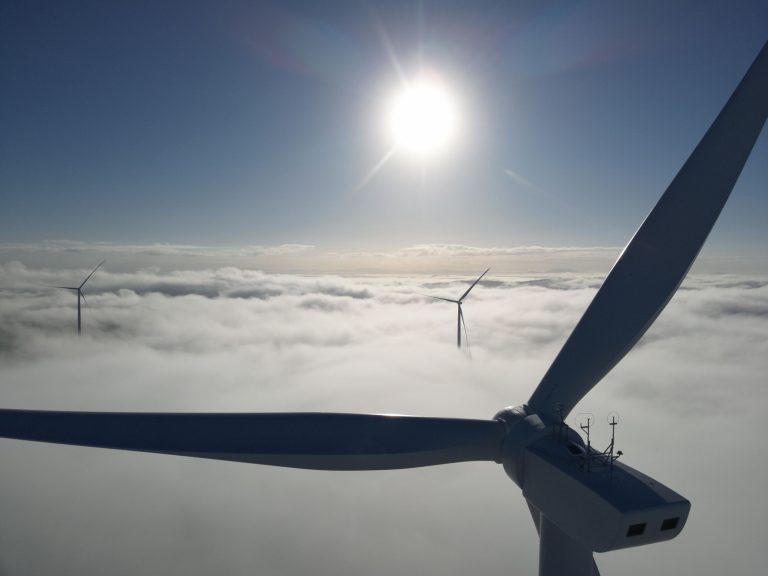
It has been a busy year for Squadron Energy. Read about our progress this year in our Year in review.

The latest Electricity Statement of Opportunities (ESOO) from AEMO is a welcomed confirmation that renewable energy generation is on track to replace exiting coal
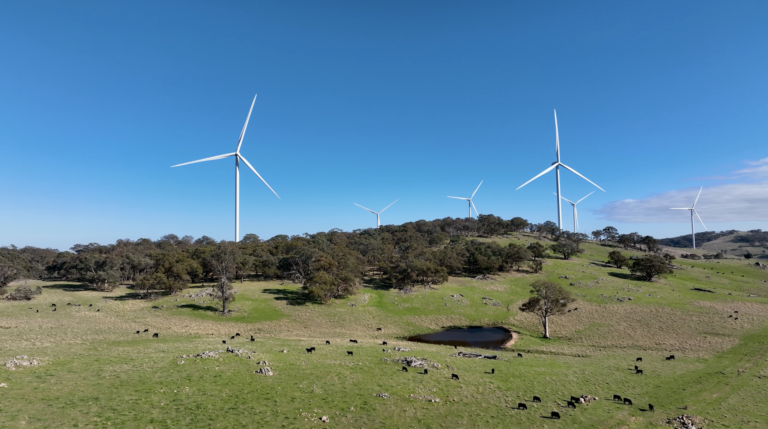
As we continue on our mission to lead Australia’s clean energy transition, we look back on some of our key

Environmental assessments and technical studies are continuing at Jeremiah Wind Farm and the Secretary’s Environmental Assessment Requirements (SEARS) have recently
Step 1


Project identification and site selection
Identification and site selection is based on an analysis of opportunities and constraints, including (but not limited to): distance to the electricity grid, wind resource, potential impacts on ecology and population density of the surrounding community. Our team then undertake a number of site visits and consultation with key stakeholders and local community.
Project identification and site selection
Step 2


Project feasibility and community engagement
Site-specific investigations are undertaken to assess the impacts and opportunities of the project and feedback is sought from the local community.
Project feasibility and community engagement
Step 3


Planning Permit and EES
Prior to applying for a planning permit, a referral is made to the Victorian Minister for Planning to determine if an Environmental Effects Statement (EES) is required. If required, the EES preparation is done in parallel with the planning application. If not required, a planning application is submitted, addressing environmental and social impacts, which is also assessed by the Minister for Planning.
Planning Permit and EES
Step 4


Public exhibition
When the Minister is satisfied that the planning application is suitable it is released for public comment. During this time the public can make written submissions.
Public exhibition
Step 5

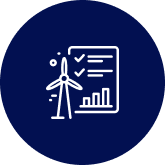
Assessment and development consent
The Minister for Planning may appoint a panel to evaluate the project. Hearings take place and project documents are assessed by relevant government authorities. The panel reports to the Minister for Planning with recommendations. If the project is approved, a planning permit is granted with project-specific conditions.
Assessment and development consent
Step 6


Post approval, contracting and financing
A lead contractor(s) is appointed to build the project and all pre-construction approvals and consents are finalised. During this phase the lead contractor(s) is provided with a list of local businesses that have registered their interest and capabilities through the project website.
Post approval, contracting and financing
Step 7


Procurement
During this phase our lead contractor(s) seek tenders and engage contractors and suppliers to undertake the scope of the works. Orders are then placed for major components such as the wind turbines.
Procurement
Step 8


Early works and design
Initial site activities commence, such as minor clearing and provision of access roads along with establishing a site construction compound. Off-site detailed design works commences in parallel.
Early works and design
Step 9


Major civil works
During this phase of the construction the bulk of the civil works takes place. This includes the construction of new internal access roads, excavation and construction of the turbine foundations, installation of the internal electrical reticulation system, construction of the high voltage substation and main transmission line network.
Major civil works
Step 10
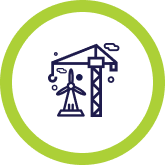

Wind turbine erection
This is where the visual aspect of the wind farm starts to emerge, with large cranes lifting the tower sections, nacelle, hub and blades into place.
Wind turbine erection
Step 11
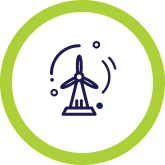

Commissioning
In order to export power to the grid, each turbine is required to undergo several performance tests. It is during this stage that you will start to see turbines spinning and ultimately the whole of the wind farm complete.
Commissioning
Step 12


Operations
The project is operating in accordance with relevant approval conditions and management plans. Compliance with conditions of approval and management plans is monitored as required throughout the life of the project.
Operations
Step 13


Decommissioning
The design life of the wind turbines will be at least 30 years. At the end of their useful life, the wind turbines and electrical equipment will be either replaced and the wind farm repowered, or the project will be decommissioned, and the site returned to its original use at the expense of the project.
Decommissioning
The wellbeing of the community is a core component of our work. Our approach to engaging with the local community is both genuine and lasting. We own our projects from development right through to operations. This gives us unrivalled experience through the entire project life and provides us with a deep-founded respect for people, communities and the environment.
Our team work respectfully with the communities in which we work, are sensitive to environmental and cultural values and aims to make a positive contribution to the regions in which we operate.
We welcome your contact and feedback should you have any questions or concerns about the proposed Ballyrogan Wind Farm.
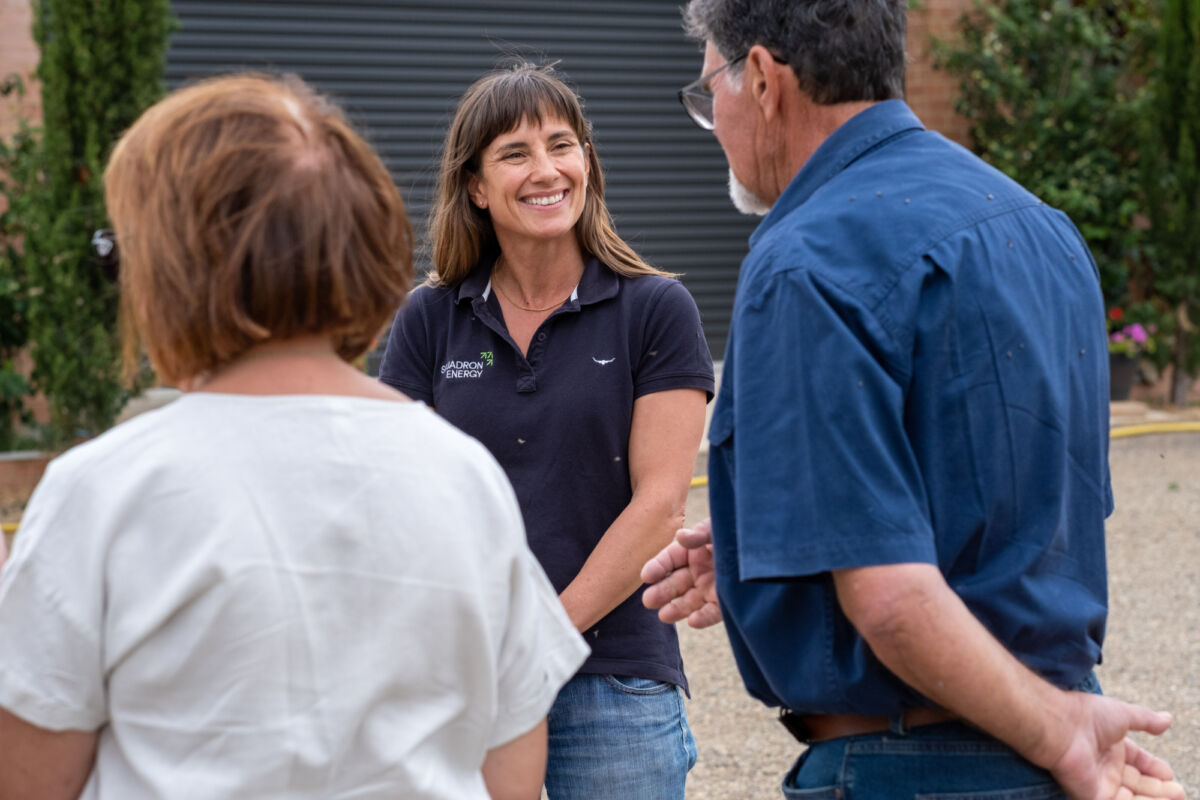

We share the benefits of our projects by supporting communities over the long term. We do this through a range of opportunities such as community benefits funds, voluntary planning agreements, community sponsorship and grant initiatives.
We recognise that each community is different, and we aim to tailor benefits at each project and make positive lasting contribution to each region.
Each of our projects has a community sponsorship program, which provides funds or in-kind support to community organisations and events in the local project area.
Key areas for the program include:
Applications are open for community sponsorship. Please contact the relevant Project Manager for the project in your local area for more information. Download and complete the Community Sponsorship Application and forward with any relevant documentation to info@squadronenergy.com.
Alternatively, you can complete and submit the form online via the link below.
Download
Download
June 2025 - Community Newsletter
Download
November 2025 - Community Newsletter
Download
Community Drop-In Sessions Summary
Download
Download
